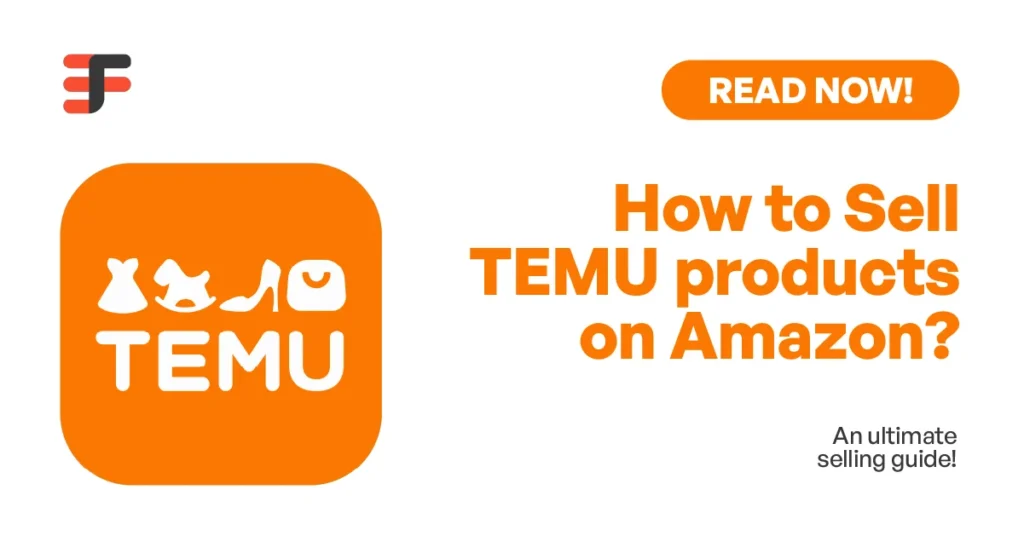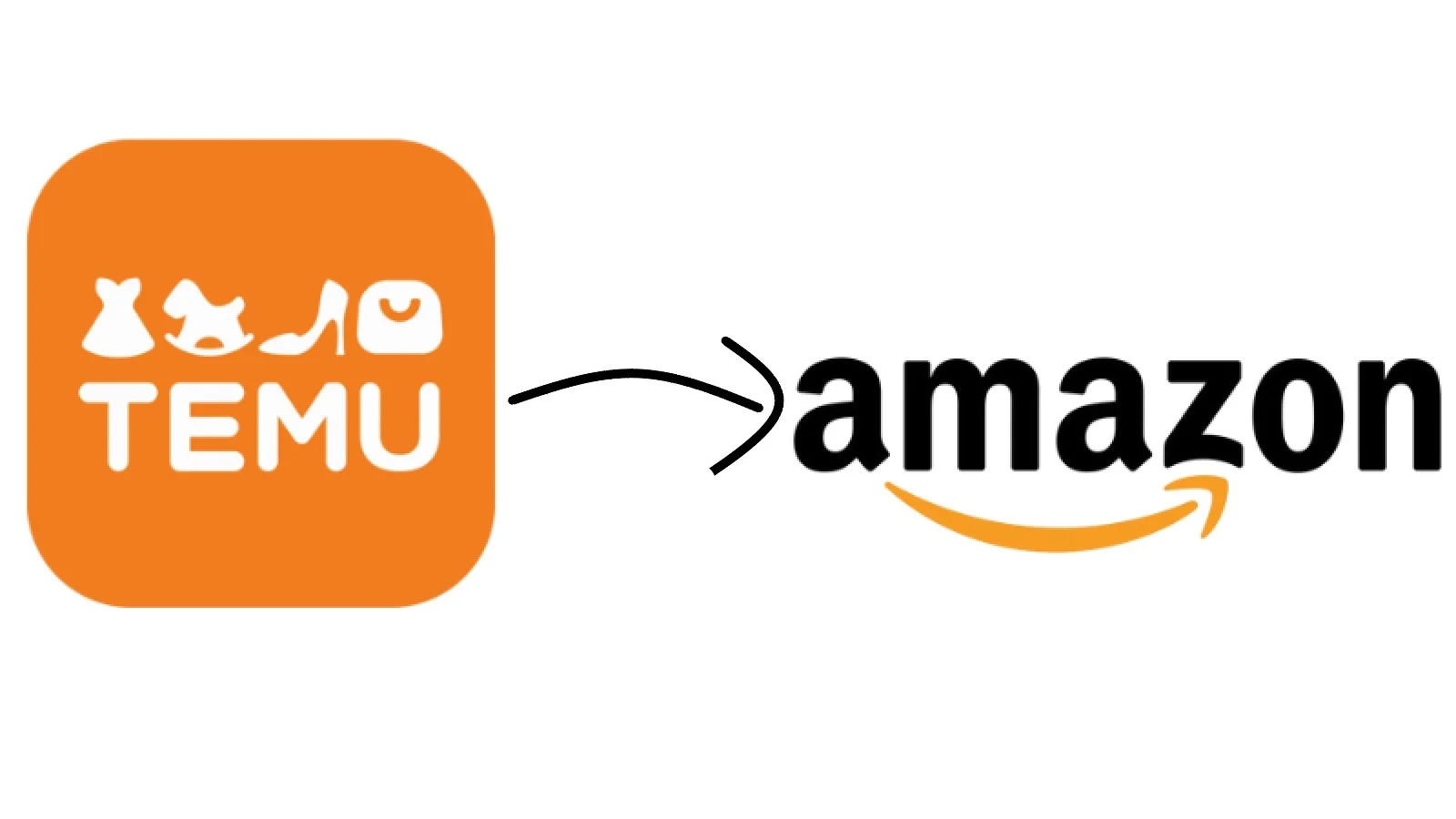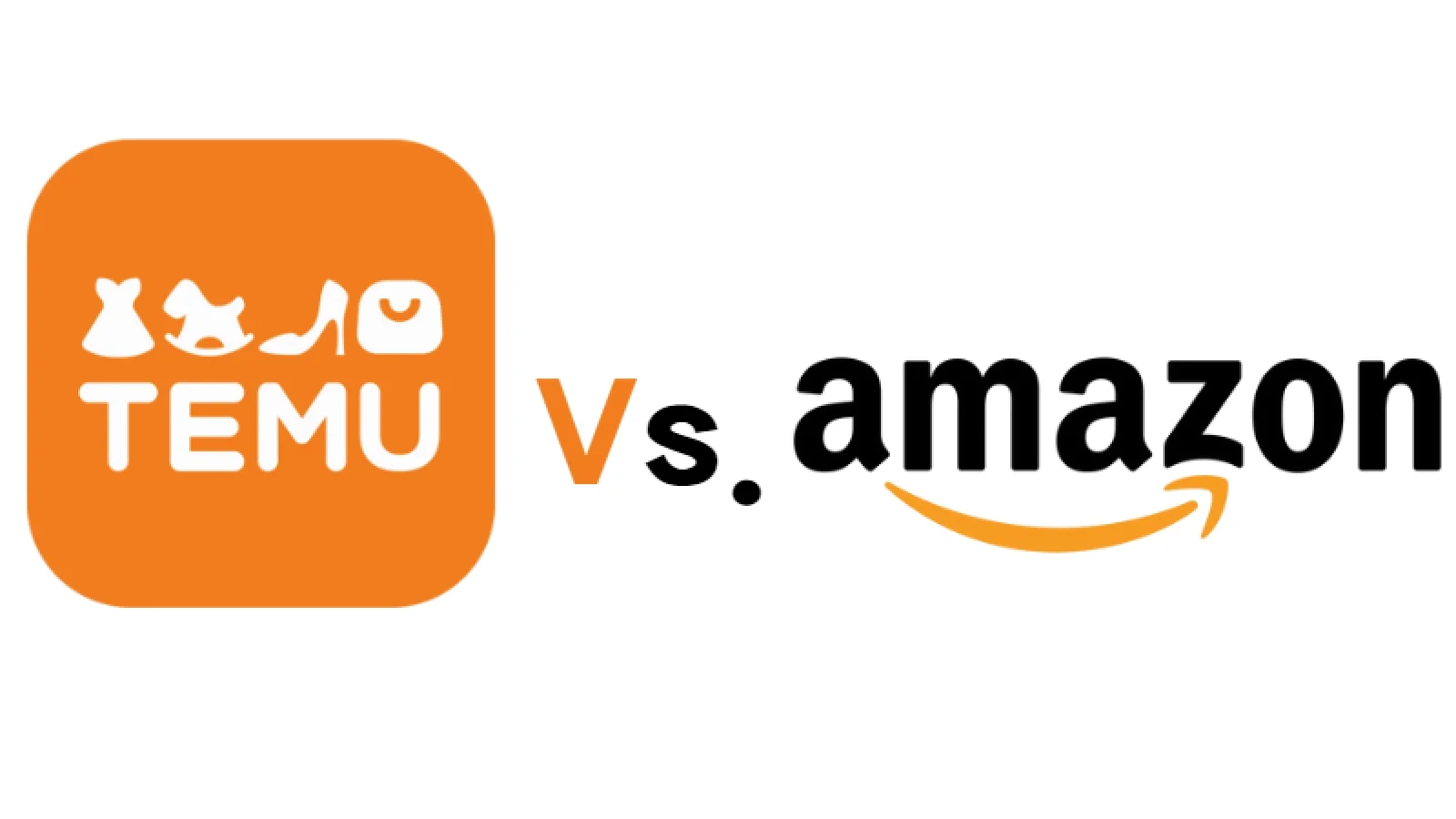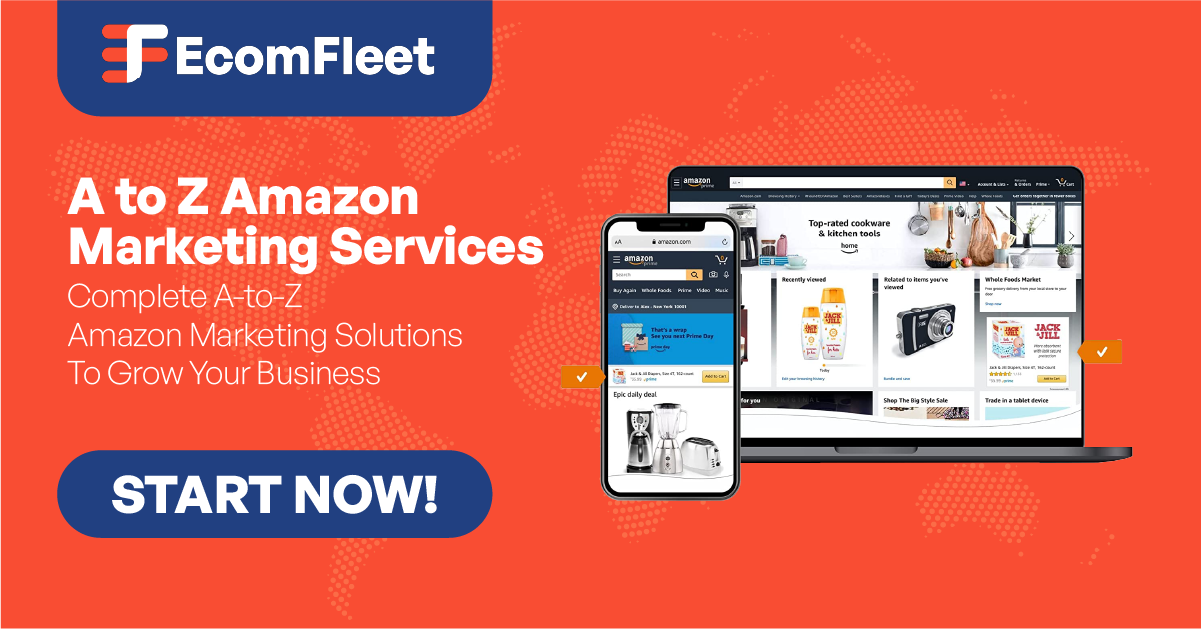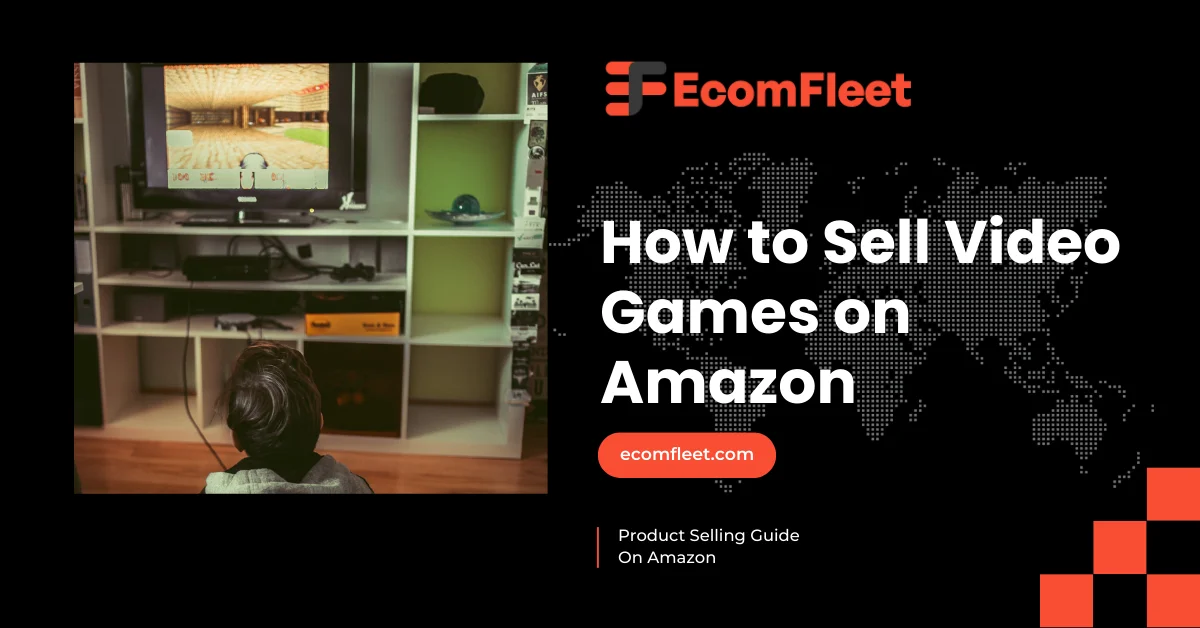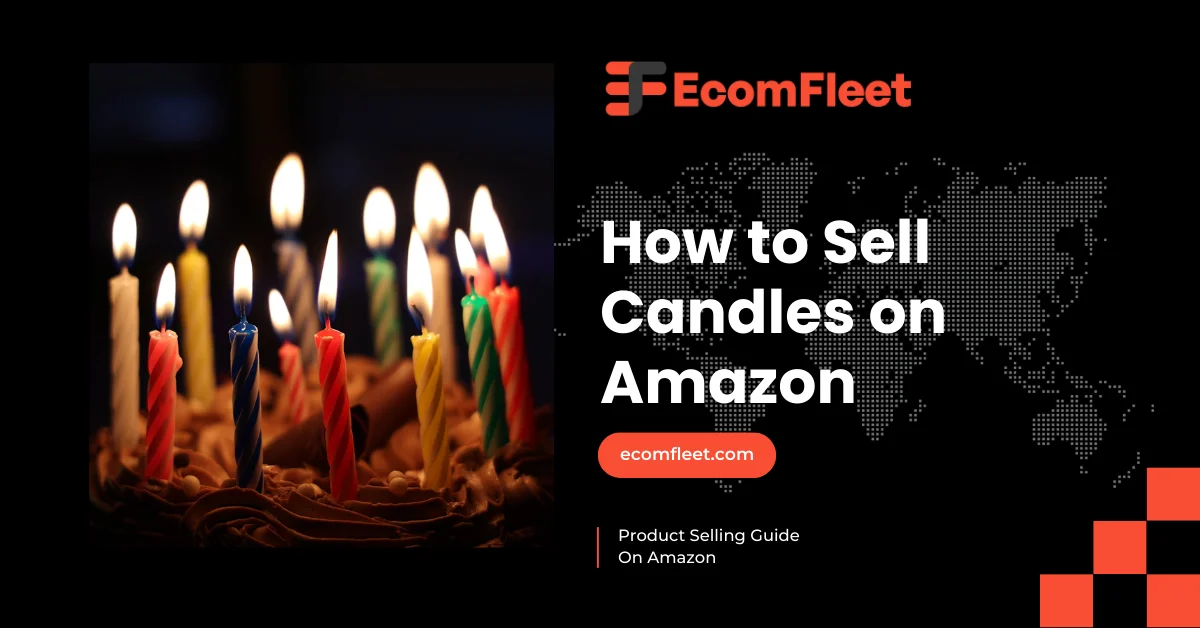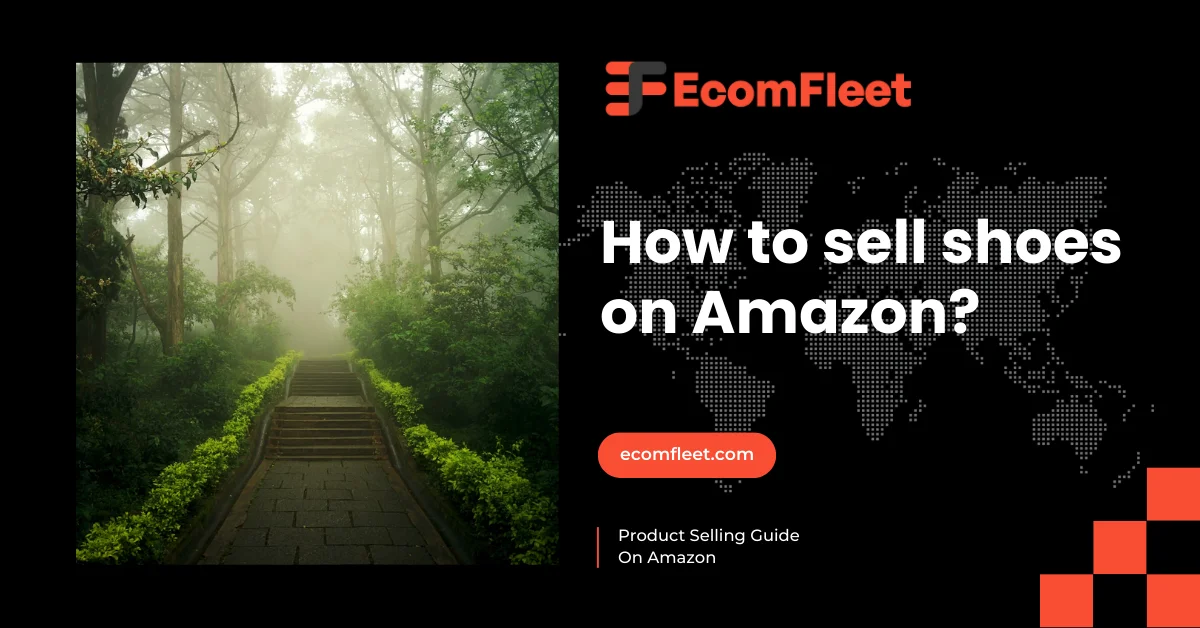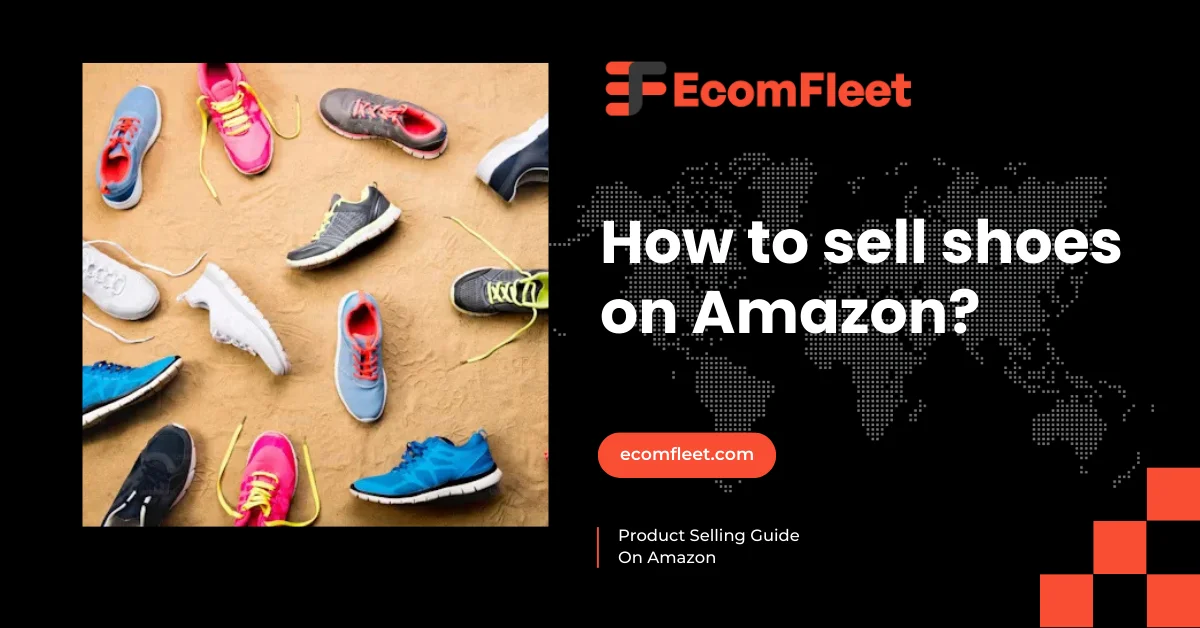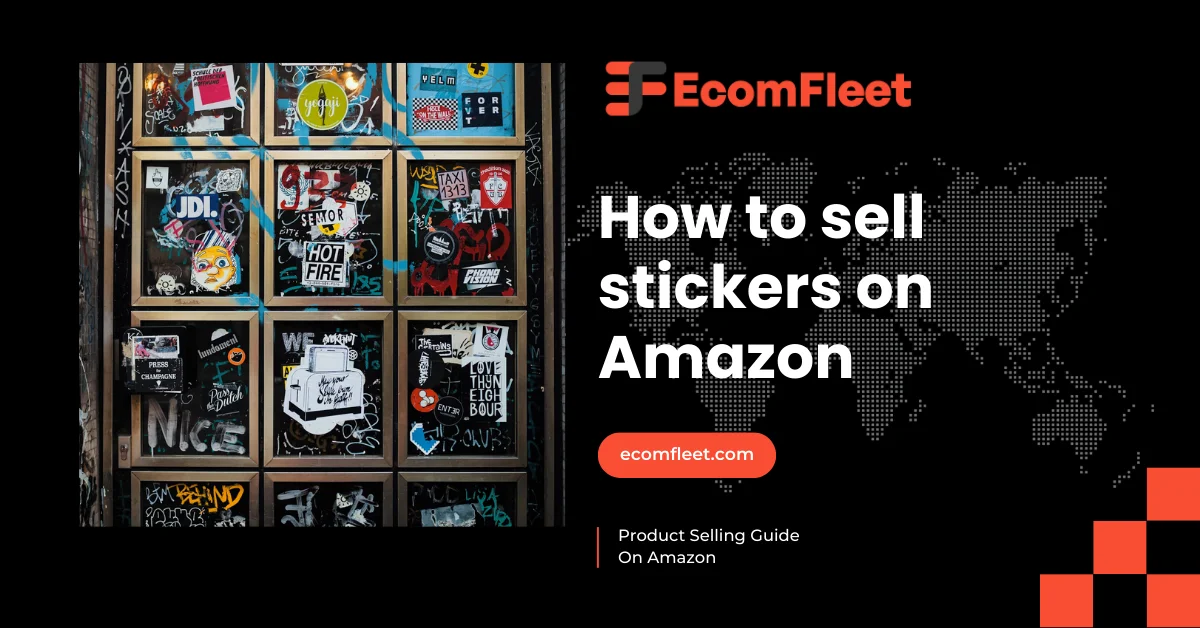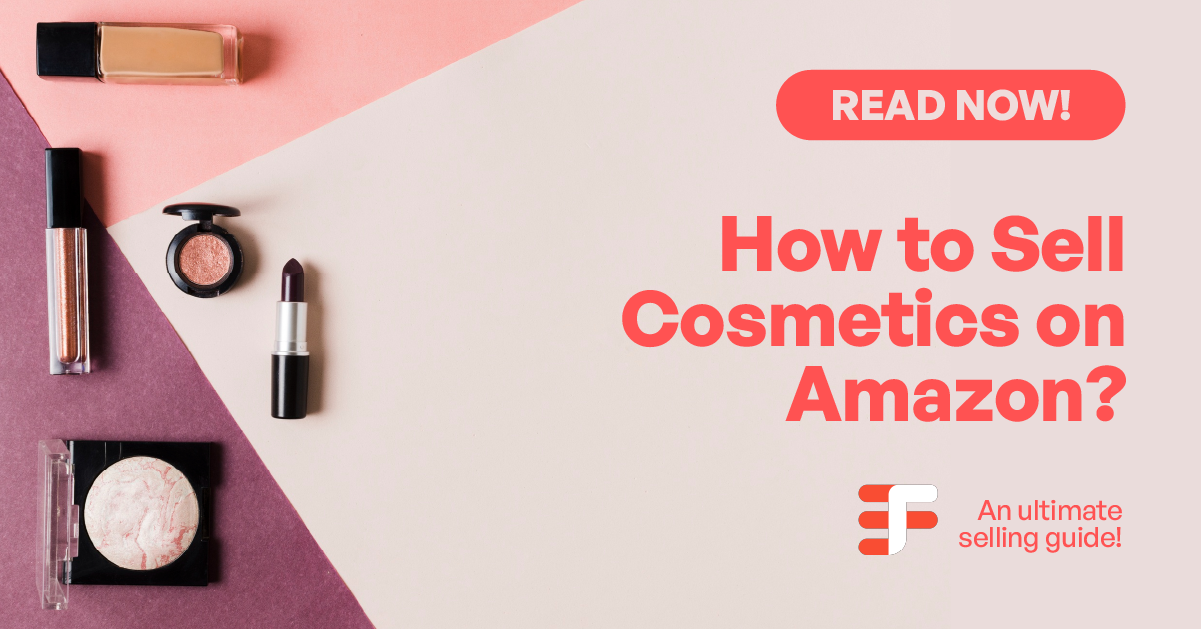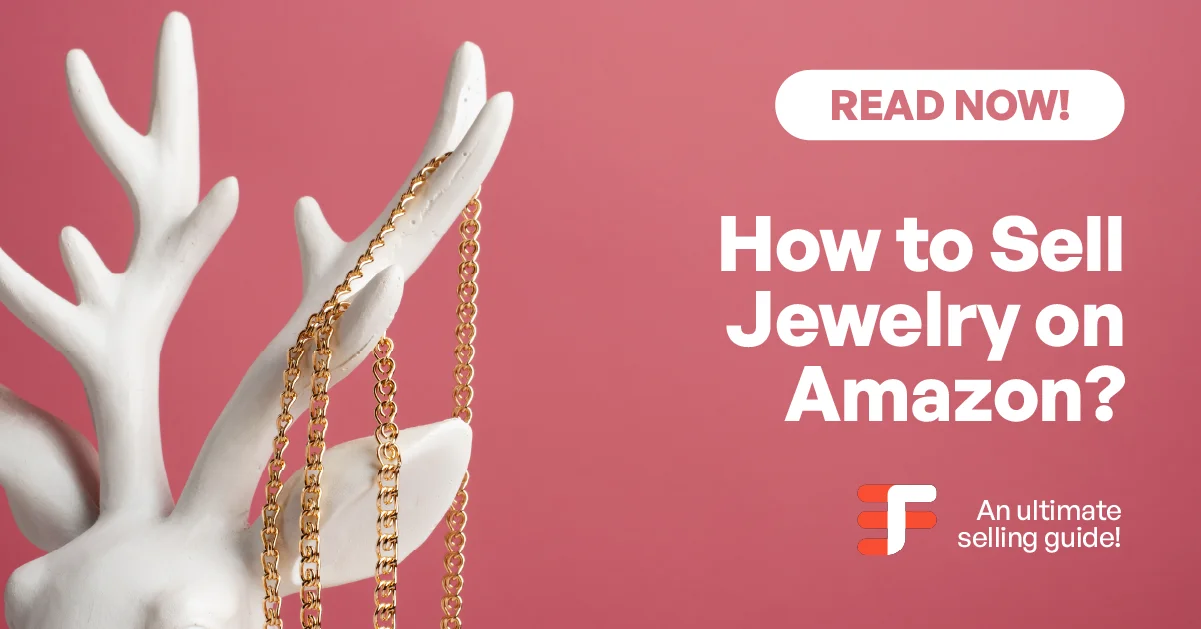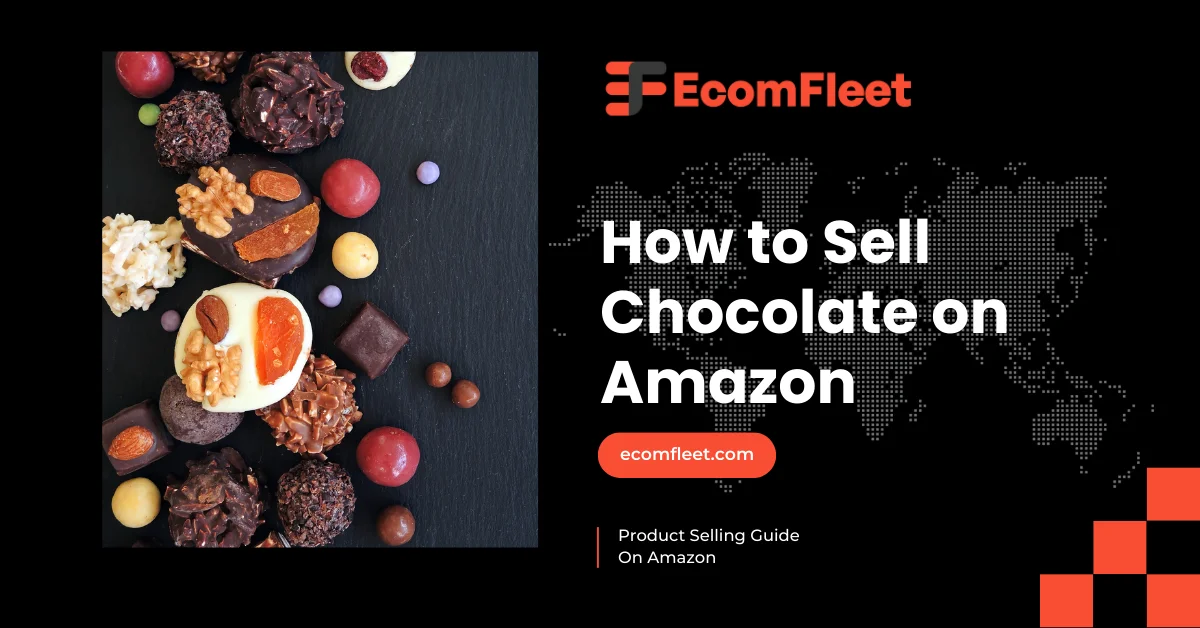Potential Of Selling Temu Product On Amazon
Temu has established itself as a formidable player in the U.S. e-commerce landscape since its launch. The platform focuses on offering a vast selection of products at significantly lower prices, targeting cost-conscious consumers. With over 100 million downloads and a user base primarily composed of budget-savvy shoppers, Temu has positioned itself as an alternative to traditional retailers
The platform’s unique approach leverages a direct connection with manufacturers, primarily in China, allowing for competitive pricing that appeals to a wide demographic, particularly during times of economic uncertainty.
Temu’s strategy of capitalizing on cross-border logistics further enhances its market presence. By optimizing shipping routes and maintaining warehouses in strategic locations like Mexico, Temu can offer faster delivery times and lower shipping costs compared to its competitors.
This logistical efficiency, combined with a robust marketing strategy, has enabled Temu to capture a significant share of the U.S. e-commerce market.
The potential for selling Temu products on Amazon is noteworthy, given the latter’s vast reach and established infrastructure. market providing sellers access to millions of consumers. By listing them on Amazon, sellers can tap into this extensive customer base while benefiting from Amazon’s credibility and trusted payment system.
Sellers can leverage Temu’s low-cost products, which often do not incur the same high fees as traditional suppliers on Amazon. Temu charges a commission of around 2% to 5%, compared to Amazon’s higher fees, which include various seller charges
Top Products That Are Ideal for Dropshiping from Temu to Amazon
Smartphone Accessories
Smartphone accessories such as wireless chargers, phone cases, and screen protectors are highly popular due to their affordability and consistent demand. They come in various designs and are lightweight, making them cheap to ship. These products tend to have a low cost on Temu, allowing for decent markups on Amazon. They also attract repeat buyers as people frequently update their phone accessories.
- Cost on Temu: $2 to $8
- Profit Margin: $5 to $12 per item
- Example: Wireless charger sold for $5 on Temu, can be listed for $15 on Amazon.
Home Organization Tools
Items like drawer dividers, closet organizers, and shoe racks are in high demand as people seek to improve home storage. They’re lightweight, easy to package, and appeal to a broad audience, particularly home improvement enthusiasts. With the growing trend of decluttering and minimalism, these products sell well year-round on Amazon.
- Cost on Temu: $3 to $10
- Profit Margin: $7 to $15 per item
- Example: Drawer organizer costs $4 on Temu, resells for $15 on Amazon.
Fitness Resistance Bands
Fitness gear, especially resistance bands, is a popular niche. These bands are perfect for at-home workouts, making them ideal during times when gyms may not be accessible. They’re lightweight, compact, and easy to ship. The fitness industry continues to thrive, ensuring consistent demand on Amazon.
- Cost on Temu: $4 to $9
- Profit Margin: $10 to $20 per set
- Example: Resistance band set priced at $6 on Temu, sells for $25 on Amazon.
LED Light Strips
LED light strips are widely used for home décor, mood lighting, and gaming setups. These products are trendy, especially among younger audiences looking to personalize their spaces. They are lightweight and relatively inexpensive on Temu, while they can be sold at much higher prices on Amazon due to their demand.
- Cost on Temu: $5 to $12
- Profit Margin: $15 to $25 per set
- Example: LED light strips for $8 on Temu, resell for $30 on Amazon.
- Pet Grooming Tools
Pet grooming tools like brushes, nail clippers, and hair removers are frequently purchased by pet owners. With the pet care industry continuously growing, these tools have a stable market. Pet grooming products are small, inexpensive, and can be easily marketed to pet lovers on Amazon.
- Cost on Temu: $2 to $6
- Profit Margin: $8 to $15 per item
- Example: Pet grooming brush sold for $3 on Temu, listed for $12 on Amazon.
Understanding Temu vs. Amazon Pricing
Temu offers products at very competitive prices, often lower than what you might find on Amazon. For example, if you find a handsfree on Temu for $5, it might sell on Amazon for $15 or more. This price difference is what creates an opportunity for profit.
However, it’s essential to consider that selling on Amazon comes with additional costs. These include Amazon’s selling fees, shipping fees, and sometimes even storage fees if you use Fulfillment by Amazon (FBA).
Amazon Fees Explained
-
Referral Fees: Amazon charges a referral fee on each sale. This fee typically ranges from 6% to 45% of the sale price, depending on the category of the product. For example, if you sell electronics, the fee might be around 8%, while for clothing, it could be about 17%.
-
Fulfillment Fees: If you choose to use FBA, you’ll pay fulfillment fees for storage and shipping. These fees can vary based on the size and weight of the products. For small items, it might be around $2.50 per unit, while larger items can cost significantly more.
-
Monthly Subscription Fee: If you plan to sell more than 40 items per month, you may want to subscribe to a professional selling plan, which costs about $39.99 monthly. If you sell fewer than 40 items, you can use the individual plan, which does not have a monthly fee but charges $0.99 per sale.
Net Profit Calculation
To calculate your net profit, you need to consider all costs involved. Here’s a simple example:
- Product Cost: $5 (Temu price)
- Selling Price on Amazon: $15
- Amazon Referral Fee: 15% of $15 = $2.25
- Fulfillment Fee: $2.50 (for small item)
- Total Costs: $5 (product cost) + $2.25 (referral fee) + $2.50 (fulfillment fee) = $9.75
Now, let’s calculate the net profit:
- Selling Price: $15
- Total Costs: $9.75
- Net Profit: $15 – $9.75 = $5.25
So, for each unit sold, you could make a profit of $5.25. If you sell 100 units, your total profit would be $525.
Crafting a Compelling Rebrand Strategy
Clearly define the core principles that TEMU embodies. What values are at the forefront quality, affordability, innovation, or sustainability? By highlighting these, you can establish a deeper emotional connection with your audience.
Identify the ideal customer base for TEMU products. Understand their needs, preferences, and pain points, as this insight will shape your rebranding efforts. Pinpoint what sets TEMU’s products apart. Whether it’s exceptional affordability, innovative features, or unique designs, ensure this is communicated clearly to emphasize what makes TEMU stand out.
1. Packaging
Create a design that resonates with your audience. Use colors, fonts, and images that align with your brand identity. For example, a natural skincare brand might use earthy colors and minimalist designs. Ensure the packaging is practical. It should protect the product, be easy to open, and suitable for storage. Consider eco-friendly materials if your brand emphasizes sustainability. Include clear and concise information on the packaging.
2. Pricing
Analyze your competitors’ prices. Understand what similar products cost and what customers are willing to pay. This will help you set a competitive price. Your price should reflect the quality of your product. If you position yourself as a premium brand, ensure that the price aligns with this image. Conversely, if you want to appeal to budget-conscious consumers, set lower prices.
Consider using pricing strategies like charm pricing (e.g., $9.99 instead of $10) to make your products appear more attractive.
3. Inventory Management
Analyze sales trends to predict future demand. Seasonal trends or promotions can significantly affect sales, so keep this in mind. Maintain optimal stock levels. Too much inventory can lead to storage costs and waste, while too little can result in missed sales. Build strong relationships with suppliers to ensure timely restocking.
4. Branding
Develop a compelling brand story that connects emotionally with your audience. Explain why you exist, what you stand for, and how you make a difference. Design a memorable logo and create a visual identity that reflects your brand’s personality. Use consistent colors, fonts, and imagery across all marketing materials.
Optimize your website and social media profiles to reflect your new brand. Use high-quality images, engaging content, and a clear message that aligns with your rebranding. Focus on providing an excellent customer experience at every touchpoint.
Once you’ve developed you rebrand, it’s time to promote it.
Plan a launch campaign to announce your rebranding. This could include social media ads, email newsletters, and collaborations with influencers. Engage with your audience through contests, giveaways, and feedback requests. Encourage them to share their experiences with your rebranded products. Create valuable content related to your brand. This could be blog posts, videos, or tutorials that educate customers and build brand loyalty.
Setting Up Your Amazon Seller Account
Establishing an Amazon Seller account can be a seamless experience when you follow a structured approach. Here’s a simple guide to help you get started:
Understand the Approval Process
Gated Category: Some TEMU products may fall under restricted or gated categories on Amazon, requiring approval before they can be sold. Make sure to review category requirements to obtain the necessary permissions.
Consumer Safety: Ensure all TEMU products comply with Amazon’s safety and quality standards. This includes proper packaging, labeling, and meeting any applicable safety regulations for consumer protection.
- Select Your Selling Plan
Amazon offers two primary selling plans: Individual and Professional. The Individual plan is cost-effective with no monthly fee, charging only $0.99 for each sale made. On the other hand, the Professional plan, costing $39.99 per month, is best for sellers who expect to move more than 40 items monthly.
- Create Your Account
Head over to the Amazon Seller Central website and click on the “Sign up” button. Follow the instructions to create your account. You’ll need to provide a valid email address and create a secure password.
- Enter Your Business Details
Fill out the necessary business information, including your full name, business address, and contact number. If you operate under a registered business entity (like an LLC), make sure to include those details.
- Complete Tax Information
Navigate to the tax interview section to fulfill the tax requirements. You’ll be asked to input either your Social Security Number (SSN) or Employer Identification Number (EIN).
- Input Payment Information
To facilitate payment processing, add your bank account information, which includes the bank’s name, your account number, and routing number. This is crucial for receiving payments from Amazon.
- List Your Products
Once your account is activated, you can begin listing your products. Focus on crafting clear titles and detailed descriptions and utilize high-quality images to draw in potential buyers.
- Launch Your Store
After finalizing your product listings, you’re all set to go live! Promote your store through various channels, such as social media or online advertising, to enhance visibility and attract customers.
Do Amazon Marketing or Hire an Amazon Consultant?
When it comes to selling on Amazon, effective marketing is key to standing out in a crowded marketplace. You have two main options: handle your Amazon marketing yourself or hire a consultant. Each has its benefits, so let’s explore both.
If you choose to manage your own marketing, you’ll need to focus on a few important areas:
- Amazon Storefront Design: A well-designed storefront can attract more customers. Use Amazon’s tools to create a visually appealing layout that showcases your brand. Include high-quality images, engaging descriptions, and easy navigation to guide shoppers.
- Amazon PPC (Pay-Per-Click): Running Amazon PPC campaigns can boost visibility for your products. You can create ads that appear in search results and on product pages. Carefully select keywords and monitor your campaigns to optimize performance and manage costs.
- SEO for Amazon: Optimize your product listings with relevant keywords to improve search rankings. Use compelling titles, bullet points, and descriptions to increase visibility and attract clicks.
Hiring an Amazon Consultant
On the other hand, hiring an Amazon consultant can save you time and provide expert insights. A consultant can help with:
- Strategy Development: They can create a tailored marketing strategy based on your goals and target audience.
- Storefront and Listing Optimization: Experts know how to design an attractive storefront and optimize product listings to maximize conversions.
- PPC Management: Consultants can manage your PPC campaigns, ensuring your ads are effective and cost-efficient.
Hire Ecomfleet to Skyrockets your Amazon sales
If you are unsure where to start or need expert help, consider reaching out to Ecomfleet. Our experienced consultants can help your coffee brand thrive in a competitive market. Let us handle the details so you can enjoy the rewards of your hard work.
Conclusion
Deciding whether to manage your Amazon marketing or hire a consultant depends on your resources and expertise. If you want to maximize your success on Amazon, consider partnering with a professional.
Frequently Asked Questions:
What is the difference between Temu and Amazon pricing?
Temu offers products at lower prices compared to Amazon, making it a great platform for sourcing items and reselling them on Amazon for a profit.
What are Amazon referral fees?
Amazon charges referral fees ranging from 6% to 45%, depending on the product category. This fee is deducted from each sale.
How can I calculate my net profit when selling Temu products on Amazon?
To calculate net profit, subtract all costs (product cost, Amazon fees, fulfillment fees, etc.) from the selling price on Amazon.
Should I hire an Amazon consultant or do the marketing myself?
It depends on your expertise and resources. If you’re familiar with Amazon marketing, you can manage it yourself. Otherwise, hiring a consultant can provide expert insights and save time.
How does Fulfillment by Amazon (FBA) work?
FBA allows sellers to store products in Amazon’s warehouses. Amazon handles storage, shipping, and customer service, but charges fulfillment fees based on product size and weight.

